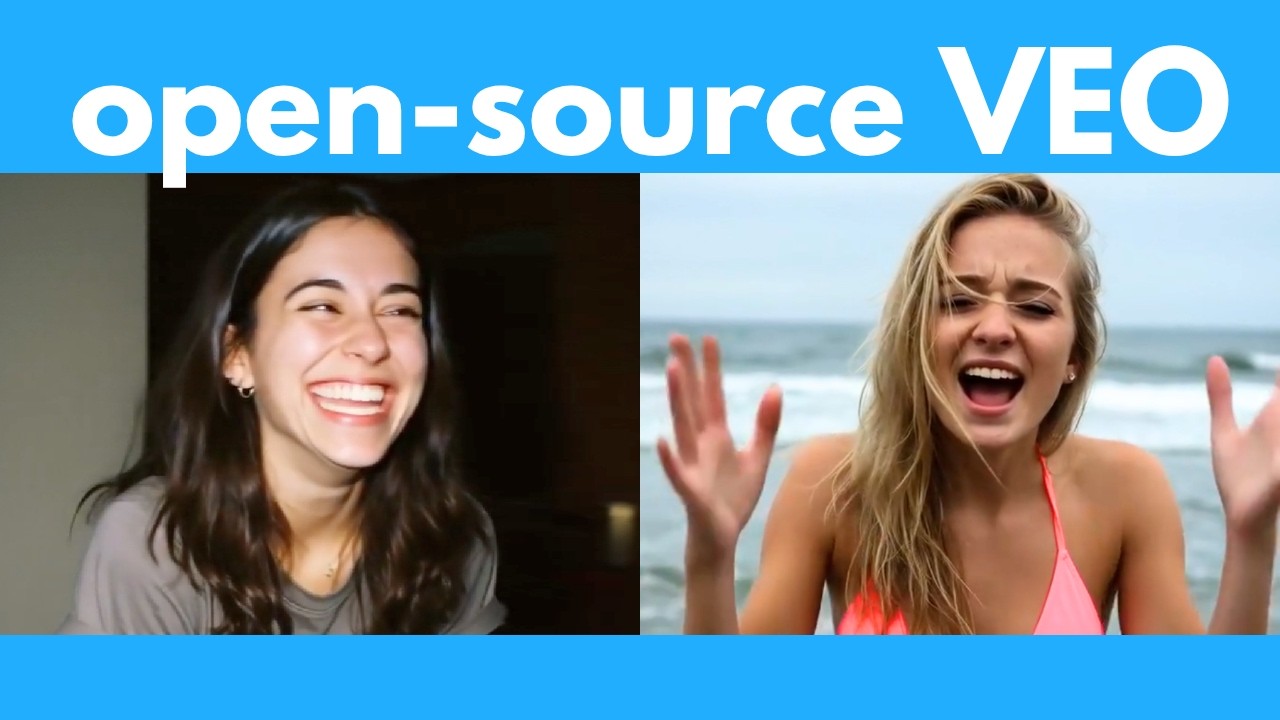The video introduces Hunyan Video Avatar by Tencent, an open-source AI tool that enables users to create realistic, full-body animated videos with synchronized speech, emotions, and various art styles, all operable offline on personal computers. It highlights the software’s capabilities, installation process, and customization options, emphasizing its potential for professional and creative video production without watermarks or online dependencies.
The video introduces Hunyan Video Avatar by Tencent, an innovative AI tool capable of creating highly realistic videos from audio clips. Unlike previous tools, it allows users to generate full-body animations with synchronized speech, emotions, and various art styles, all running offline on a personal computer. The creator highlights that this open-source software can handle multiple characters, scenes, and complex movements, making it a versatile option for content creators seeking to produce lifelike videos without online dependencies or watermarks.
The presenter demonstrates the capabilities of Hunyan Video Avatar through numerous examples, including scenes where characters sing, talk, or express different emotions like anger, laughter, and sadness. It can animate full-body scenes, including objects like guitars and campfires, and even handle animals, all with impressive lip-sync accuracy and natural movements. The tool supports multiple art styles, such as Disney Pixar and anime, and can generate videos in high resolutions up to 1080p. These features showcase its potential for creating diverse and realistic videos across various genres and styles.
The tutorial then explains how to use the online platform, which involves uploading audio and images, selecting prompts, and configuring settings like aspect ratio and video length. The online version is accessible but limited to Chinese language input and lacks some customization options. For more control and offline use, the presenter guides viewers through installing the software locally, which requires cloning repositories, setting up Python environments, and installing dependencies like PyTorch and CUDA. The detailed step-by-step instructions aim to help users with different hardware configurations, emphasizing that the software can run on GPUs with as little as 10 GB VRAM.
The offline setup process involves downloading necessary files, creating virtual environments, and configuring performance options to optimize speed and quality based on available hardware. Once installed, users can run the software locally, upload reference images and audio, and generate videos with customizable parameters such as inference steps, speed, and effects. The presenter demonstrates how to generate videos with different emotions, languages, and styles, emphasizing that the tool produces no watermarks and offers extensive control over the output, making it suitable for professional and creative projects.
In conclusion, the video highlights Hunyan Video Avatar as a groundbreaking, open-source AI tool capable of full-body scene animation with audio, emotions, and style variations, all operable offline on relatively modest hardware. It surpasses many existing face or lip-sync tools by offering full scene control and the ability to generate consistent characters with personalized voices. The presenter encourages viewers to try the software, troubleshoot issues, and stay updated through their newsletter, emphasizing its potential to revolutionize AI-generated videos for creators, educators, and developers alike.
